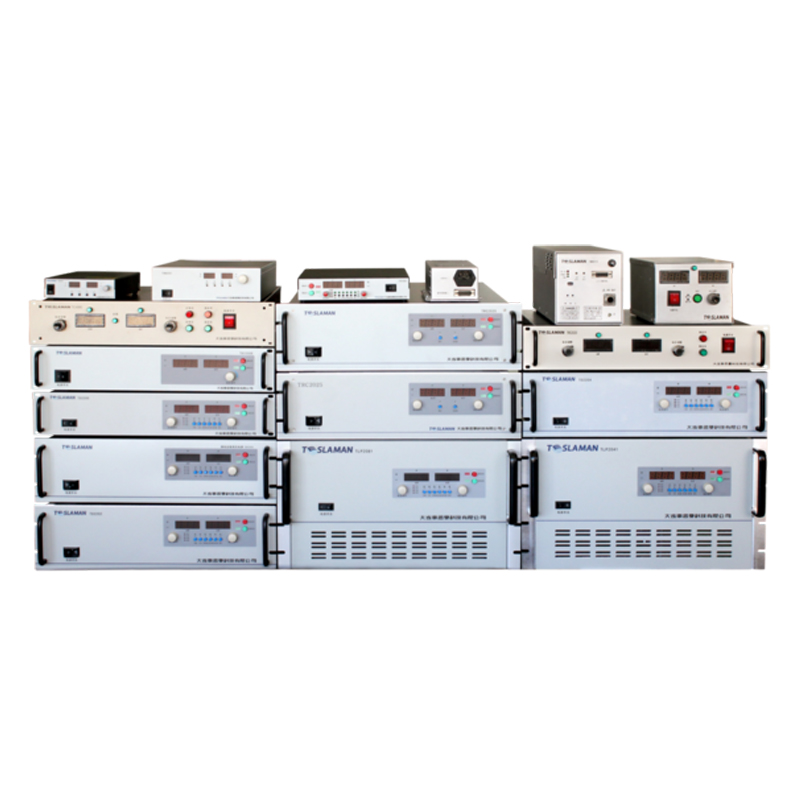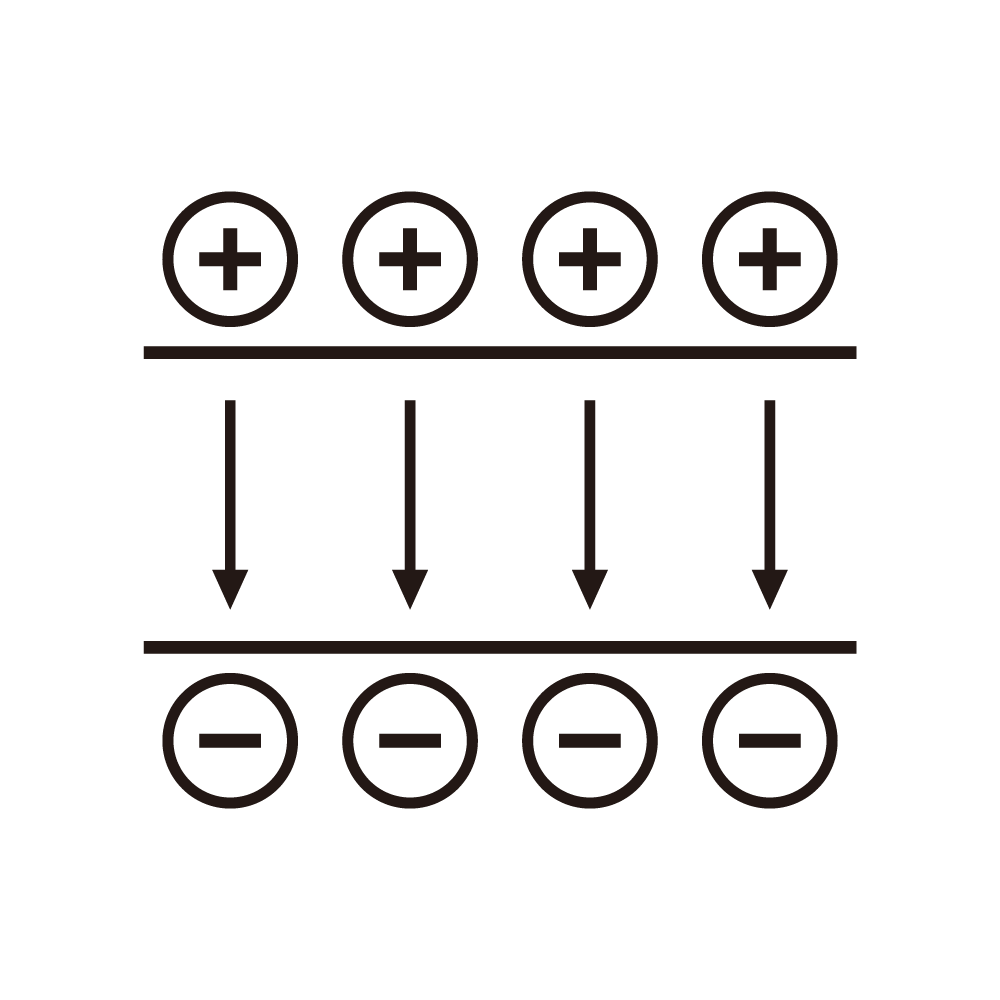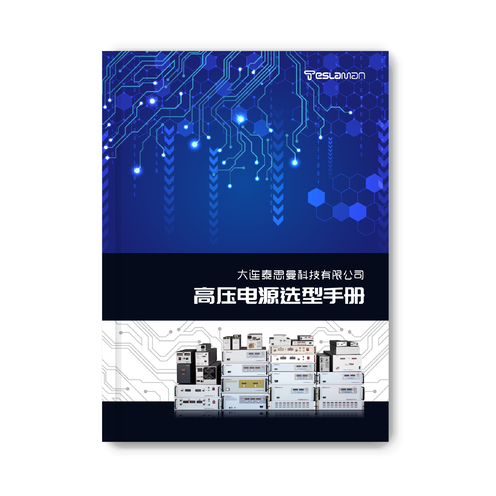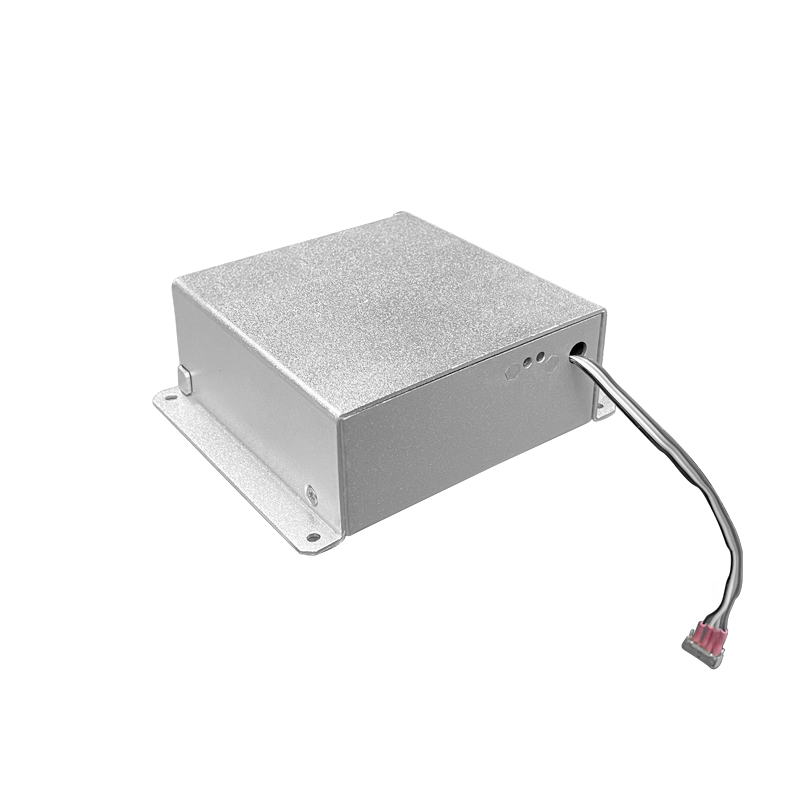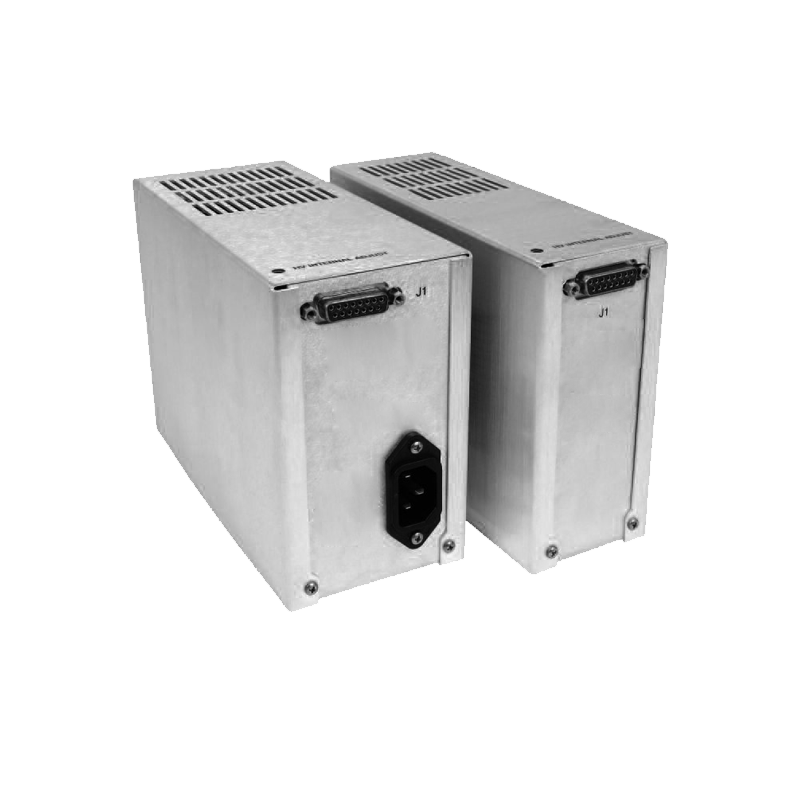Pulse Energy Distribution of Pulsed High-Voltage Power Supply for Coating
In modern coating technology, pulsed high-voltage power supplies play a crucial and indispensable role. The pulse energy distribution, as one of the key indicators for evaluating the performance of pulsed high-voltage power supplies, has a profound impact on the quality and effect of the coating.
The pulse energy generated by the pulsed high-voltage power supply for coating is not uniformly distributed but presents a specific pattern. This energy distribution pattern is closely related to the working parameters of the power supply, such as pulse width, repetition frequency, and output voltage. The change in pulse width will directly affect the energy carried by a single pulse. Generally, a wider pulse usually means a higher energy output. The repetition frequency determines the number of pulses per unit time, thus affecting the total energy input rate.
From a physical principle perspective, the distribution of pulse energy is determined by the internal circuit structure and working mechanism of the power supply. During the operation of the power supply, energy storage elements (such as capacitors) will store electrical energy within a certain period and then release it rapidly when the pulse is triggered. Due to the dynamic characteristics of the energy storage and discharge processes, the energy shows uneven distribution between different pulses and within the time course of a single pulse.
For the coating process, the characteristics of this pulse energy distribution are of great significance. During the coating process, different coating materials and process requirements demand different energy input methods. If the pulse energy distribution is not reasonable, it may lead to problems such as uneven coating thickness, loose structure, or the occurrence of defects. For example, when depositing hard coating layers, higher pulse energy is required to ensure the compactness and hardness of the coating. When depositing functional coating layers, precise control of the energy is even more critical to ensure that the optical, electrical, and other properties of the coating meet the requirements.
To optimize the pulse energy distribution of the pulsed high-voltage power supply for coating, it is necessary to comprehensively consider the design of the power supply and the adjustment of process parameters. On one hand, by improving the circuit topology of the power supply, the efficiency of energy storage and discharge can be enhanced, thus achieving a more uniform energy distribution. On the other hand, precisely controlling the working parameters and making real-time adjustments according to different coating requirements is also an important means to improve the coating quality.
In future research, further in-depth study of the internal relationship between pulse energy distribution and coating quality, as well as the development of more intelligent control systems for pulsed high-voltage power supplies, will contribute to the continuous development and progress of coating technology.
